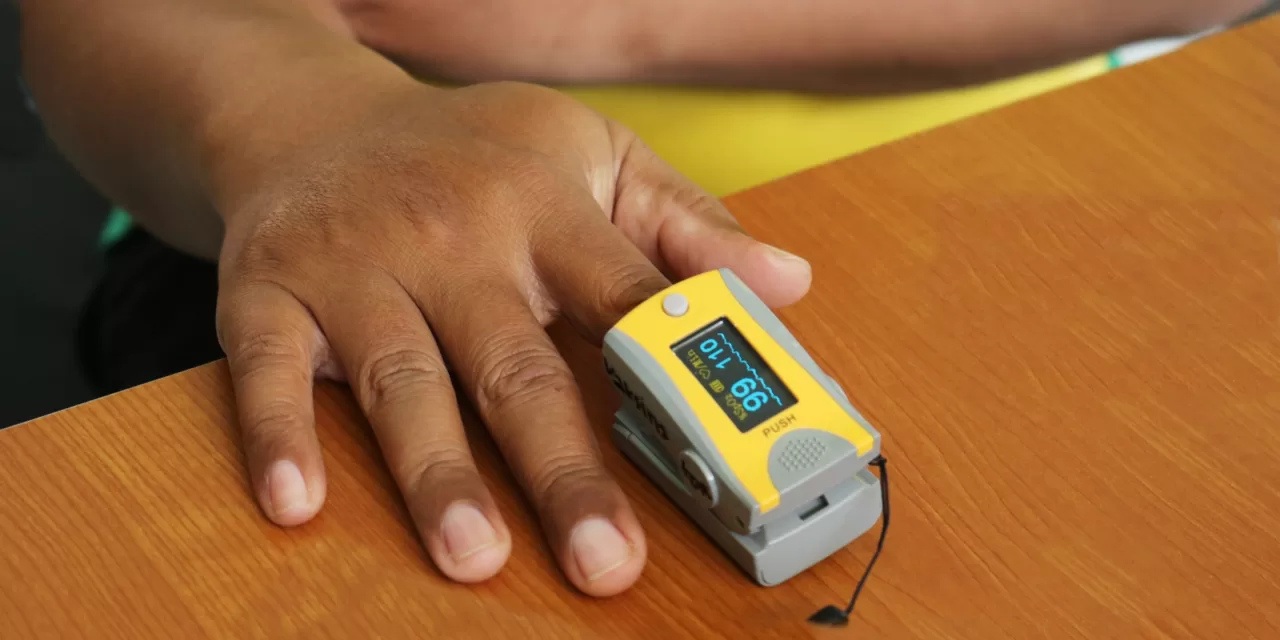CHICAGO, IL – A new study presented at the American College of Cardiology’s Annual Scientific Session (ACC.24) has revealed significant differences in the accuracy of pulse oximeter readings based on patients’ skin pigmentation. The research, conducted on critically ill patients, indicates that pulse oximeters, on average, underestimate blood oxygen levels, but this bias varies considerably across different skin pigment groups.
The study, the largest prospective real-world evaluation of the relationship between skin pigmentation and pulse oximeter bias in critically ill patients, addressed concerns raised during the COVID-19 pandemic about potential inaccuracies in oxygen saturation readings for certain racial groups.
Researchers from the University of California San Francisco analyzed data from 631 patients admitted to the intensive care unit at Zuckerberg San Francisco General Hospital between 2022 and 2024. The participants’ skin pigmentation was measured using both the Monk Skin Tone Scale and a spectrophotometer. The study included a diverse group of patients: approximately 25% identified as white, 25% as Hispanic, 20% as Black, and 20% as Asian.
The study found that:
- Overall, pulse oximeters tended to underestimate blood oxygen levels.
- However, the degree of underestimation was less pronounced in patients with darkly pigmented skin.
- Critically, 20% of the readings showed an overestimation of oxygen saturation.
- The proportion of these overestimations, which can lead to dangerously low oxygen levels going undetected, was higher in patients with dark skin pigmentation compared to those with medium and light skin pigmentation.
- Objectively measured skin pigmentation was categorized as 53% medium, 33% light, and 14% dark.
“Although pulse oximeter bias on average was negative for all people, it was less negative in the darkly pigmented people than in the people with lighter pigment, meaning that pulse oximeters do not perform the same across different skin pigment categories,” said Dr. Carolyn Hendrickson, the study’s lead author.
The researchers emphasized the importance of recognizing the limitations of pulse oximeters and suggested that future devices should include indicators of reading uncertainty. They also called for more diverse representation in pulse oximeter validation studies.
Disclaimer: This article reports on a medical study presented at a conference. Medical research is an ongoing process, and further studies are needed to confirm these findings. The information provided here should not be interpreted as medical advice. Always consult with a healthcare professional for any health concerns. The provided statistics are directly from the source material. It is important to remember that race is a social construct, and skin pigment is a biological characteristic, and they are not the same thing.












